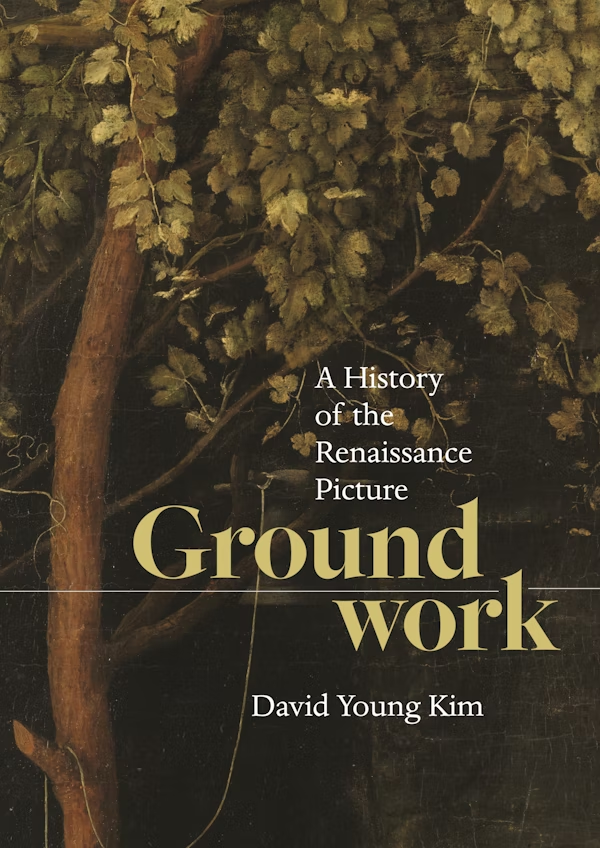
December 5, 2022
David Young Kim's Groundwork named one of the best books of 2022 by Artforum International
My nomination of either Paul Galvez’s Courbet’s Landscape: The Origins of Modern Painting or Benjamin Buchloh’s Gerhard Richter: Painting After the Subject of History would inevitably be dismissed as biased (the first author is my spouse, the second a very close friend), so I had to cast my net wide (and away from the modernist field) in order to find a book in which the close reading of specific works is as richly intertwined with the mapping of the cultural and epistemological context of their creation: David Young Kim’s Groundwork: A History of the Renaissance Picture (Princeton University Press). In many ways, it is a study I have been longing for: It does not concern the dissolution of the figure-ground opposition (that would be one of the deconstructive tasks of modernism), instead proposing an inversion of its hierarchical structure. What if, in writing the history of Renaissance painting, Kim asks, one were to start from the ground, consider it central and the figure second? (Let us note in passing that inverting a hierarchical opposition is the first step of deconstruction.)
The work of ground is threefold in Kim’s erudite approach: as support (all the preparation of the canvas before the inscription of the figure, all the underlayers), which always impinges on the figure and oftentimes brings it to life; as floor, which determines the scenographic placement of the figures in the picture; and as background proper (the interstitial areas between the figures). After a survey of the vocabulary of the time concerning these topics (Kim’s delight in lexicology and etymology is evident throughout), a chapter is devoted to the way in which Renaissance masters transformed rather than abrogated (as traditional art history had it) the medieval practice of gold grounds. The next chapter, devoted to both ground as floor and ground as background, is a tour de force analysis of a single work, Giovanni Bellini’s Saint Francis in the Desert in New York’s Frick Collection (to fully take it in, I recommend the use of a computer to zoom in on details of the high-res reproduction of it available online). This is followed by two more gems. In the first, Kim makes the chromatic underlayers of Giovanni Battista Moroni’s portraits speak from beneath their gray monochrome—and thus apparently inert—background walls. In the last, it is the black areas of Caravaggio’s canvases—usually considered sites of emptiness—that are revitalized through the promise made by their undersides.
In all, what strikes me most in this book is the plea for close but also prolonged looking; the works discussed by Kim not only benefit from it but specifically command it, as he tirelessly demonstrates in pointing out pictorial devices geared toward decelerating our gaze. Slowness is one attribute that the internet cannot wrench from painting.
Yve-Alain Bois is an art historian and professor emeritus at the Institute for Advanced Study, Princeton.

